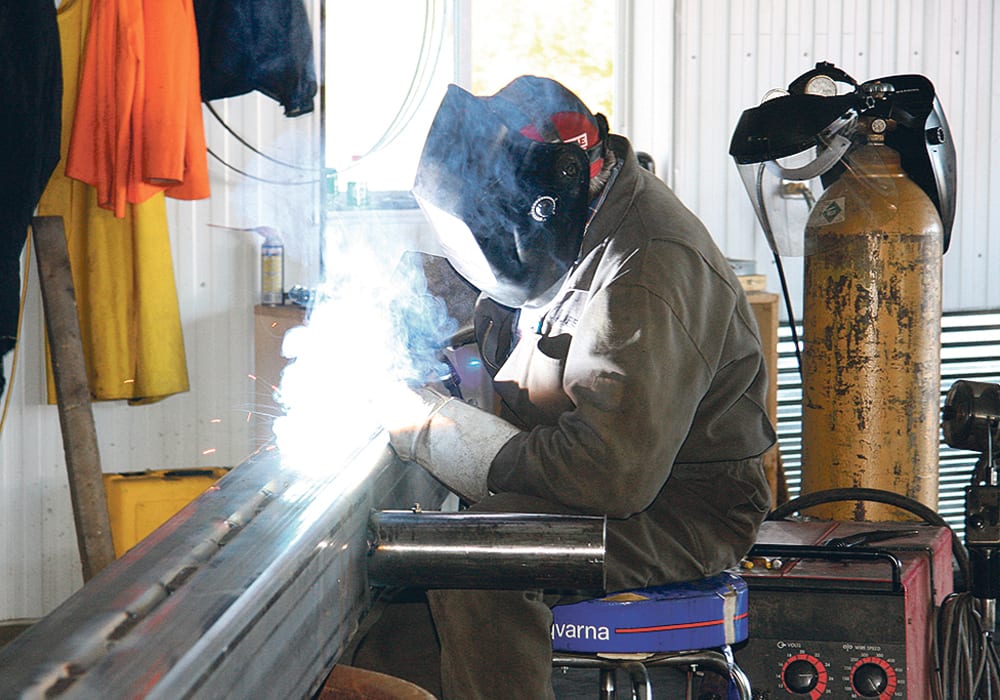Primary agriculture production has grown exponentially over the last decade. Farm business is no longer family-run enterprises. Instead, it is being replaced by complicated financial structures with numerous moving and living parts.
This has required owners of family farm businesses to look externally for additional hired work. However, issues have arisen as the search for labour focuses on cost and availability rather than capability and effectiveness. Essentially, quantity has overtaken quality.
Human resources is a significant factor in numerous industries. Many multimillion-dollar corporations have dedicated teams in charge of recruitment and hiring of the best professionals available. So why in agriculture has this significant business model been overlooked?
Read Also

Proactive approach best bet with looming catastrophes
The Pan-Canadian Action Plan on African swine fever has been developed to avoid the worst case scenario — a total loss ofmarket access.
Many farm business operations running today have more equity and larger net operating profit than the businesses that have dedicated numerous assets toward human resources. The answer is that in agriculture, business is often overlooked for legacy and family.
Employees in today’s marketplace are driven by many factors outside of simple compensation. Wage is no longer the main factor to success as life balance and other forms of compensation begin to lure the best and the brightest.
The feeling of achievement and recognition has also required employers in other industries to think outside the proverbial box and come up with numerous recruitment tools. The new generation is requiring a change in focus on the human resources function.
Now, how does primary producer agriculture become a more attractive line of business in which to work?
Competitive compensation is always the base for strong recruitment. If an employee can operate heavy machinery in an urban setting and support his family comfortably, then the wage to operate farm machinery should not be a downgrade.
The hours on a farm, although seasonally busy, do not often stray far from a normal annual salary year for many construction and other labour sponsored occupations. Therefore, the wage must also be consistent with other industries.
Bonus structures are another strong way to attract good employees. Additionally, this often also fills the need for today’s generation to feel achievement in their own work and future.
If they work harder and provide additional quality that increases the farm bottom line, they will be monetarily compensated. If you want the best employee, hire one that is driven to make your farm the most profitable because this will make them more profitable. The increase you will see on your farm will be compounded much greater than the bonus costs to your employees.
An additional form of recognition to employees is to give them input on the operations of the entity.
A good tool is to perform goal setting and employee feedback forms. This provides the employee a clear understanding of your expectations and also provides them the ability to have input on what they see as the strengths and weaknesses of the operating entity. This can also tie to the bonus structure because goal achievement is another strong tool for today’s employment force.
Offering incentives is another way to achieve a competitive advantage over the neighbours when it comes to recruiting.
How many construction businesses provide a work truck that the employees can use for some personal tasks? This is a fairly cheap incentive that will make your farm stand out to other good employees looking for work. Additionally, using the truck as a form of marketing is good brand recognition.
Other ideas would be lodging or fuel cards for use. Any little additions will set you out in front of the pack.
What type of employee you are looking for depends on your annual work requirements. Most farms depend on seasonal work to complete the tasks required, but seasonal employees are often not the most dependable, and turnover is a large issue.
Proactive farms are now beginning to hire based on off-farm skill sets possessed by the employees. If your employee can perform additional non-equipment tasks on the farm, this will make the case for annual employment.
In my experience, many combine drivers can also be mechanics, bookkeepers, and 1A truck drivers. These are all services that you are already paying for outside of the operation.
For most enterprises, a small labour force can be completed using the above noted techniques. However, some large-scale farm operations require additional human resource models.
Many non-farm businesses use what is called a leverage model. A chief executive officer of a corporation does not also work on the assembly line. He has managers and many other levels of employees below him to complete these tasks. So, on large scale farm operations, why does this leverage model not also apply?
It does. I have seen it in action and when done properly it is quite a feat.
Human resources is a significant factor in many farm operations today. Whether it be family run operations or large-scale farms, the need for quality employees should not be overlooked. Remember, good help is hard to find.
















